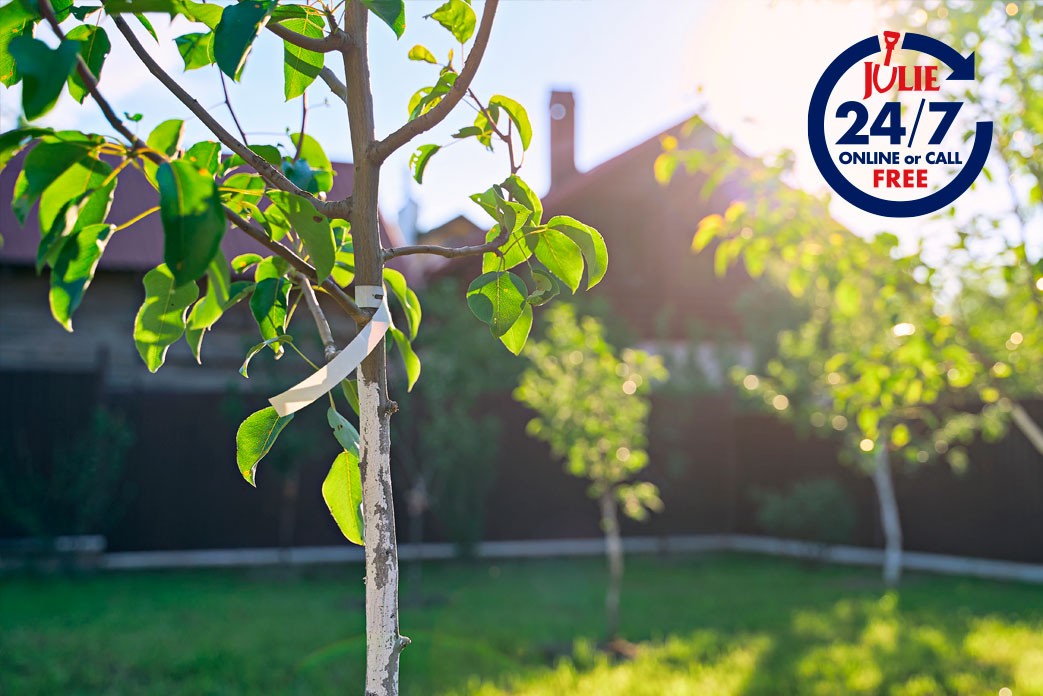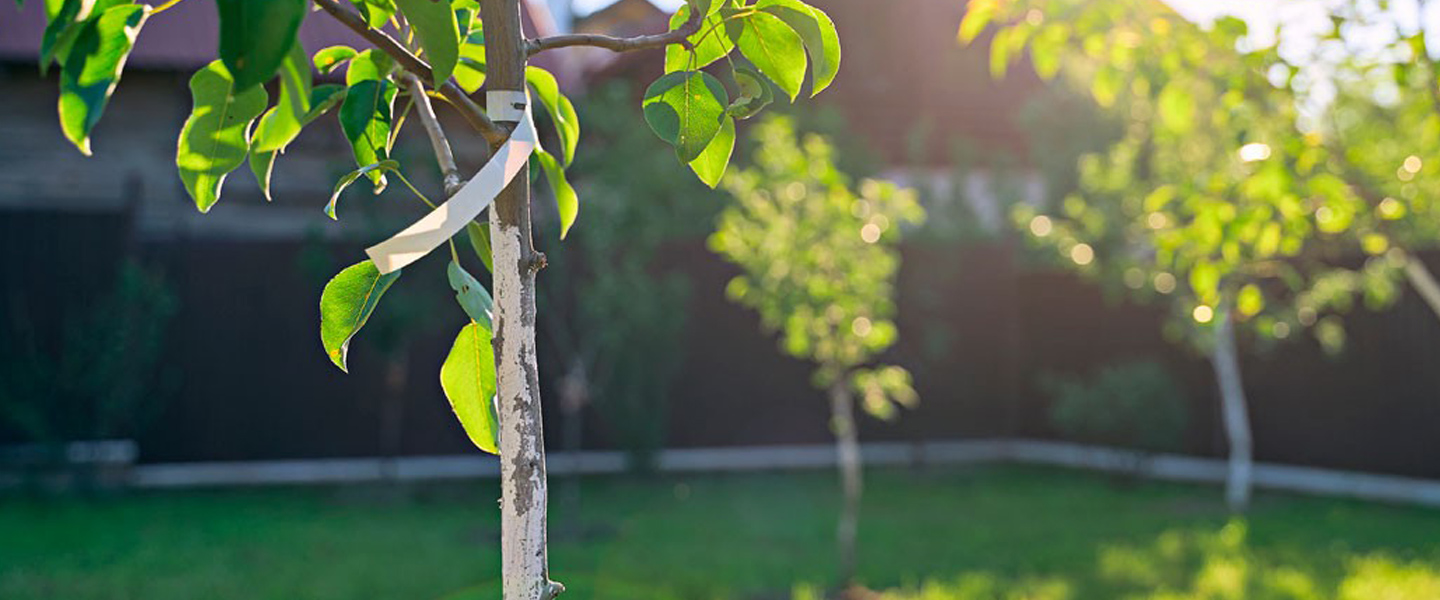Six Common Mistakes When Planting A Tree
According to the Arbor Day Foundation, trees offer many positives for our community—they clean the air and water, provide habitats for wildlife, and even support our health. If you’re looking to enhance your property by planting a tree, consider all the variables before breaking ground. And avoid these six common mistakes to ensure your new sapling matures into a sturdy timber.

1. Choosing An Unsuitable Location
Selecting the best location to plant a tree is more complex than you might think. For instance, planting a tree where it’s most aesthetically pleasing may not be the most functional for its growth. With a little planning, though, it’s possible to plant a tree where it will provide shade, serve as a wind break, increase your property value, and improve the air quality in your neighborhood. Think you have the perfect spot? Research the amount of sunlight the area receives. Then assess the soil conditions where you’re planting a tree. Is it sandy and porous? Do you have clay? Sandy soil allows for more water to pass through while clay has smaller pores and will retain moisture for longer periods of time. Also analyze the size of the space where you want to plant a tree in relation to the size of the tree…being too close to your home could cause foundation damage. Make sure to account for root growth as your tree matures, too. Roots usually grow about one to two times the height of the tree.
2. Not Assessing Drainage Conditions
Tree roots need both moisture and oxygen to survive. So choose a spot to plant a tree that will allow for adequate drainage. To test the drainage of your planting location, you’ll need to dig a hole. But first, contact JULIE, Illinois’ FREE notification service for safe digging. Once you do so, JULIE will alert its member utility companies to come mark underground utility lines buried on your property. It’s also important you pre-mark the area where you’re planning on planting a tree with white paint or flags so locators understand the scope of your job. When it’s safe, dig a hole approximately 18 inches deep, fill with water and let it stand overnight. If a significant amount of water is still present the next morning, it’s likely you will have a drainage problem. You can either change the location, plant in a raised bed or raise the center bottom of the hole. Raising the center portion of the hole higher than the surrounding area will help water disperse more efficiently and reduce the risk of water pooling at the roots, which can result in “root rot” and slowly kill the tree. Proper drainage is important after you plant a tree, too. You can create a soil berm so water can be directed appropriately.
3. Purchasing The Wrong Tree Species
So you found a pretty tree at the local nursery, but will it survive in your yard? Before making a purchase, know the hardiness zone for your area. These maps tell you what plants grow most successfully in a given area based on climate. Then research the type of trees that will thrive in your soil and in the sunlight provided by your yard. Determine the amount of moisture the tree will need, as well. Finally, decide if you prefer a coniferous or deciduous tree. A coniferous tree thrives in cold climates and is usually full of needles while a deciduous tree typically drops leaves come autumn. If you’re not keen on raking every fall…an evergreen might be for you.
4. Forgetting To Contact JULIE Before You Dig
You can put yourself, your family and your neighbors in danger if you don’t contact JULIE before you dig. Utility lines may be buried just beneath the surface of where you’re preparing to plant a tree and hitting one can disrupt critical services and even cause serious physical harm. Contacting JULIE is easy…and it’s the law! You can submit an E-Request or call JULIE 24/7/365. Illinois law requires the person actually doing the digging contact JULIE—that’s you if you’re planting a tree or your landscaper if you hire a professional—at least two business days before you put a shovel in the ground. After receiving confirmation with a dig number from JULIE and confirming that all utility members have marked their underground lines with colored paint or flags, or marked an All Clear with a painted OK, you have 14 days to begin planting a tree.
5. Digging The Wrong Size Hole
Now you’re ready to start. For your sapling to survive, you need to dig the proper size hole. Plant a tree too deep and the roots won’t get enough oxygen…too narrow and the root structure can’t expand enough to be an anchor. Dig the hole twice as wide as the size of the tree. Identify the root flare—that’s where the trunk meets the roots and flares out—and make sure it fits below ground. The bottom of your hole should be flat, and score the sides with your shovel to allow for roots to take hold and avoid glazing. Glazing prevents water from draining efficiently and is more likely to occur in clay. Always keep the topsoil separate from the dirt and clay below the surface.
6. Transferring The Tree Poorly
You’ve done your research, dug your hole and selected the tree, but have you thought about how to transfer it to your home? When choosing a method of transportation, make sure your vehicle has enough room to accommodate the size of the tree and equip yourself with enough manpower to unload it. Trees—and especially their roots—should always be handled with care to avoid transplant shock. Never pick up a tree by the trunk, rather lift by the root ball. Nursery trees can be container grown, bare root or balled and bur lapped. Container grown trees tend to be the most durable and the least likely to experience transplant shock. Plus, you can test the root integrity before leaving the nursery by grasping the tree’s base and gently pulling it out of the container. If it comes out easily and in a solid mass holding the shape of the container, you have a prime tree for planting!
If you’ve avoided making these six mistakes when planting a tree, your new sapling has an excellent chance of growing tall and sturdy. But remember, you’ll have to care for your tree to keep it healthy, too.







 CONTACT US
CONTACT US